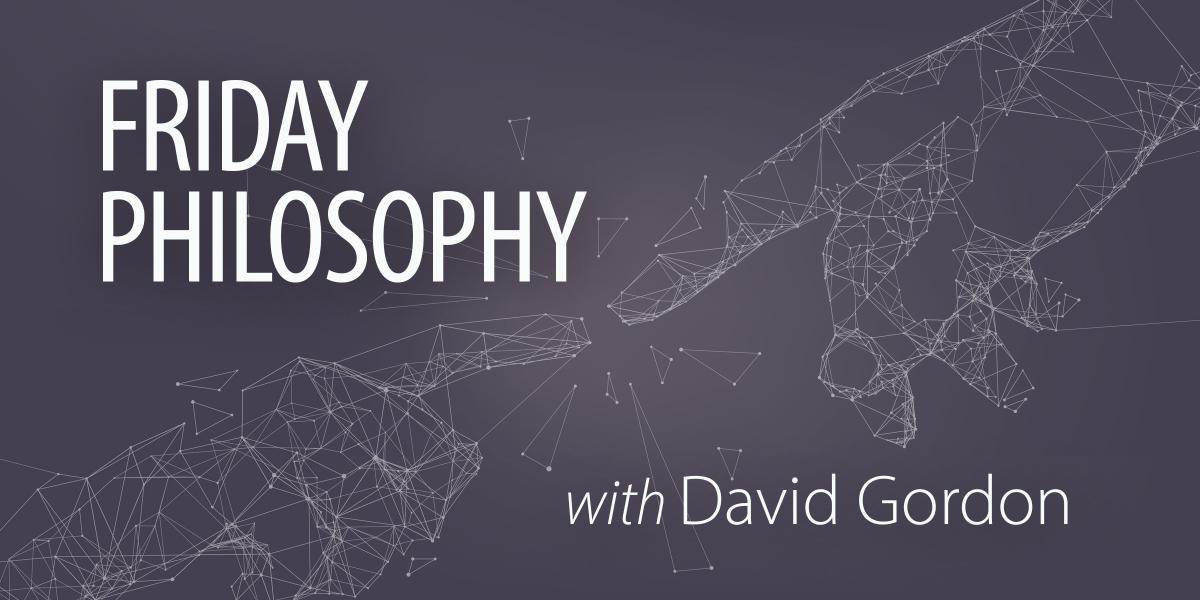China’s rise is often portrayed as unstoppable. It dominates global supply chains, pours money into research and development (R&D), and boasts some of the world’s largest tech companies. But scratch beneath the surface of this economic juggernaut, and a picture of structural inefficiencies, inflated innovation claims, and deep technological dependencies emerges. For all its ambition, China is caught in a trap: it is trying to act like a high-tech superpower while stuck with the productivity levels and export profile of a middle-income country.
The reality is this: China’s economic stature is overrated. Despite heavy investments in technology, its economy suffers from a persistent productivity problem. Its exports are still centered around low- to mid-value goods, and its much-hyped artificial intelligence (AI) sector is more about state direction than spontaneous innovation. Follow, as we explore how China’s economic strengths are vastly exaggerated by examining three areas: productivity performance, the composition of its exports, and the realities behind its AI development.
Total factor productivity (TFP) is a key measure of how efficiently an economy uses its inputs such as labor and capital to produce output. It reflects the true contribution of innovation, technology, and efficiency to economic growth. In China’s case, TFP has been sluggish or even declining, despite years of rising R&D spending, more university graduates, and an explosion in scientific papers and patents.
This is what economists Alexander Hammer and Shahid Yusuf have called a “high-tech, low-productivity trap.” In their analysis for the US International Trade Commission, they note that while China has invested heavily in building technological capacity through initiatives like “Made in China 2025,” these efforts have failed to deliver significant productivity gains. China’s economic growth is slowing, and the returns on its investment-heavy strategy are diminishing.
One of the core problems lies in how innovation is managed. Much of China’s R&D spending is directed by the state or influenced by political incentives. State-owned or state-affiliated enterprises are often the biggest recipients of funding, which leads to inefficiencies and duplication. Instead of fostering open competition and entrepreneurial experimentation, the system favors companies with political connections and access to subsidies.
Basic research—the kind that lays the groundwork for transformative technologies—is underfunded in China. It made up only about 6 percent of total R&D spending in 2020, compared to more than 20 percent in many developed economies. Without basic science, it’s difficult to produce the kinds of groundbreaking discoveries that shift the technological frontier.
The political and regulatory environment further hampers innovation. As Alicia García-Herrero and Robin Schindowski explain in a recent assessment, China’s institutional reforms have slowed, and the regulatory landscape has become more complex. Centralized agencies, like the Cyberspace Administration of China, exercise sweeping authority over tech firms, creating uncertainty, and discouraging risk-taking. At the local level, firms often rely on personal ties to government officials, limiting opportunities for newcomers to compete on equal terms.
These institutional hurdles are compounded by social changes. Youth unemployment has approached double digits, and many young Chinese are choosing the stability of civil service jobs over starting businesses. This shift in career preferences undermines the government’s goal of building a dynamic, innovation-driven economy. One way to gauge a country’s technological sophistication is to look at what it exports. High-tech economies tend to dominate in complex, high-value goods such as advanced machinery, pharmaceuticals, and precision electronics. China, despite its manufacturing scale, still relies heavily on exporting low- to medium-value products.
This matters because it shows where the real innovation is or isn’t. China might assemble iPhones, but the high-value components and intellectual property often come from elsewhere. According to the research paper by García-Herrero and Schindowski, even though the domestic value-added share of exports has improved, China remains dependent on foreign technology for key inputs, especially in sectors like semiconductors. In fact, China’s productivity growth has fallen behind, not just advanced economies, but also some developing countries.
For example, India—despite spending far less on R&D—has recently outpaced China in TFP growth. This suggests that throwing money at science and technology does not automatically lead to better economic performance, especially when innovation is shaped more by state control than market feedback. This export structure also reflects the limitations of China’s industrial strategy. Despite enormous funding and long-term plans, China has yet to dominate in areas that define global technological leadership. While it is a major manufacturer, it remains at the middle rungs of the value chain.
Perhaps the most hyped symbol of China’s supposed technological dominance is its ambition to lead in artificial intelligence. In 2017, the State Council released a sweeping AI plan, aiming to make China the world’s AI leader by 2030. Since then, many have speculated that China is surging ahead in the global AI race.
But much of this narrative is overstated. Jeffrey Ding’s in-depth analysis—“Deciphering China’s AI Dream”—offers a more realistic picture. He developed an AI Potential Index to compare countries’ capabilities and found that China’s overall AI strength is only about half that of the United States. China trails in key areas like cutting-edge hardware and foundational research. Its only clear advantage is in access to data, due to its large population and looser privacy norms.
What China does well in AI is scale and government coordination. The state supports AI firms through funding, policies, and favorable regulation. An example is DeepSeek, usually described as China’s answer to ChatGPT. But DeepSeek is not the product of an open, competitive ecosystem. It is a subsidized project, backed by state support, closely modeled on existing Western tools. While technically impressive, it doesn’t represent a leap forward in innovation.
Rather than fostering breakthroughs, China’s AI sector often focuses on adapting existing technologies to serve domestic policy goals—especially surveillance and social management. This raises doubts about whether China’s AI advances will translate into global leadership in commercial or scientific innovation.
At the same time, government intervention in AI is increasing. Local governments and state-owned firms are investing billions into AI startups, often through public-private partnerships. These “government guidance funds” can crowd out private capital and encourage speculative overinvestment, potentially leading to bubbles rather than sustained progress.
China has achieved remarkable economic progress over the past few decades. But its claim to technological supremacy and innovation leadership remains far from realized. Productivity growth is weak, its exports still rely on foreign inputs, and its AI sector is driven more by policy than by independent discovery.
For all the patents, R&D spending, and strategic plans, China has yet to crack the core challenge of becoming a truly innovative economy. Without structural reforms to encourage competition, invest in basic research, and allow bottom-up innovation to thrive, China risks stagnating just below the technology frontier.
The global conversation about China’s rise needs to catch up with this more nuanced reality. The country is large and ambitious, but its economic power is not as deep or advanced as it may appear. Recognizing this isn’t about underestimating China—it’s about seeing the real constraints it faces in becoming a world-class innovator.





























